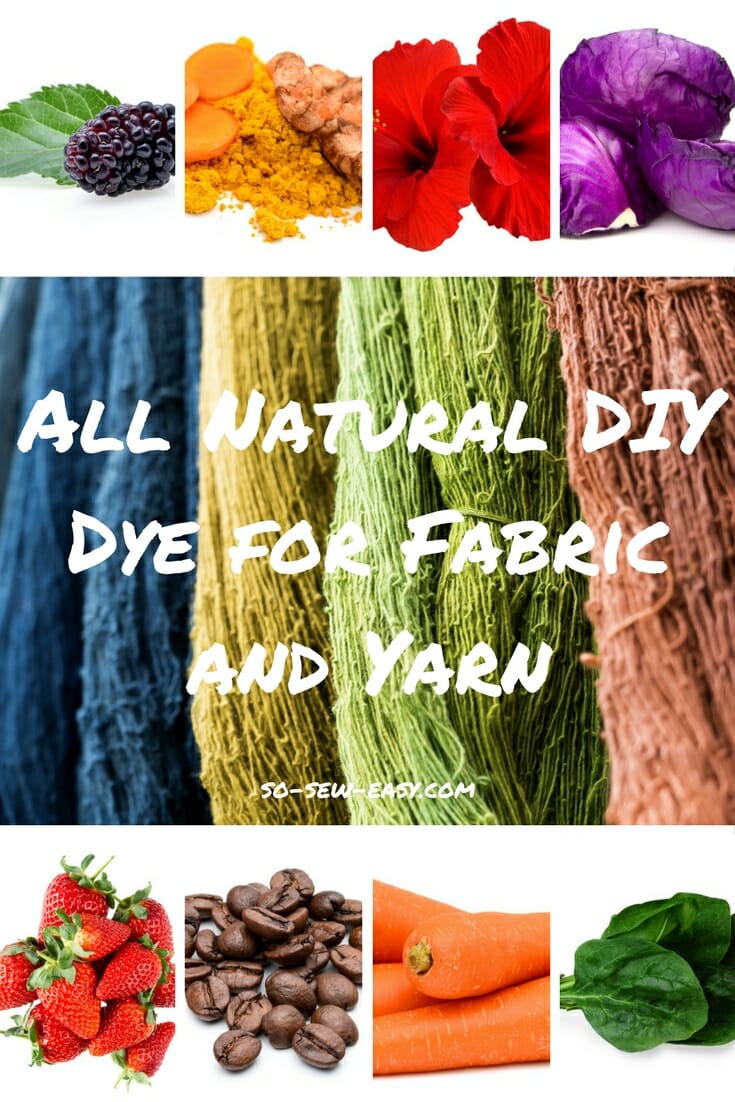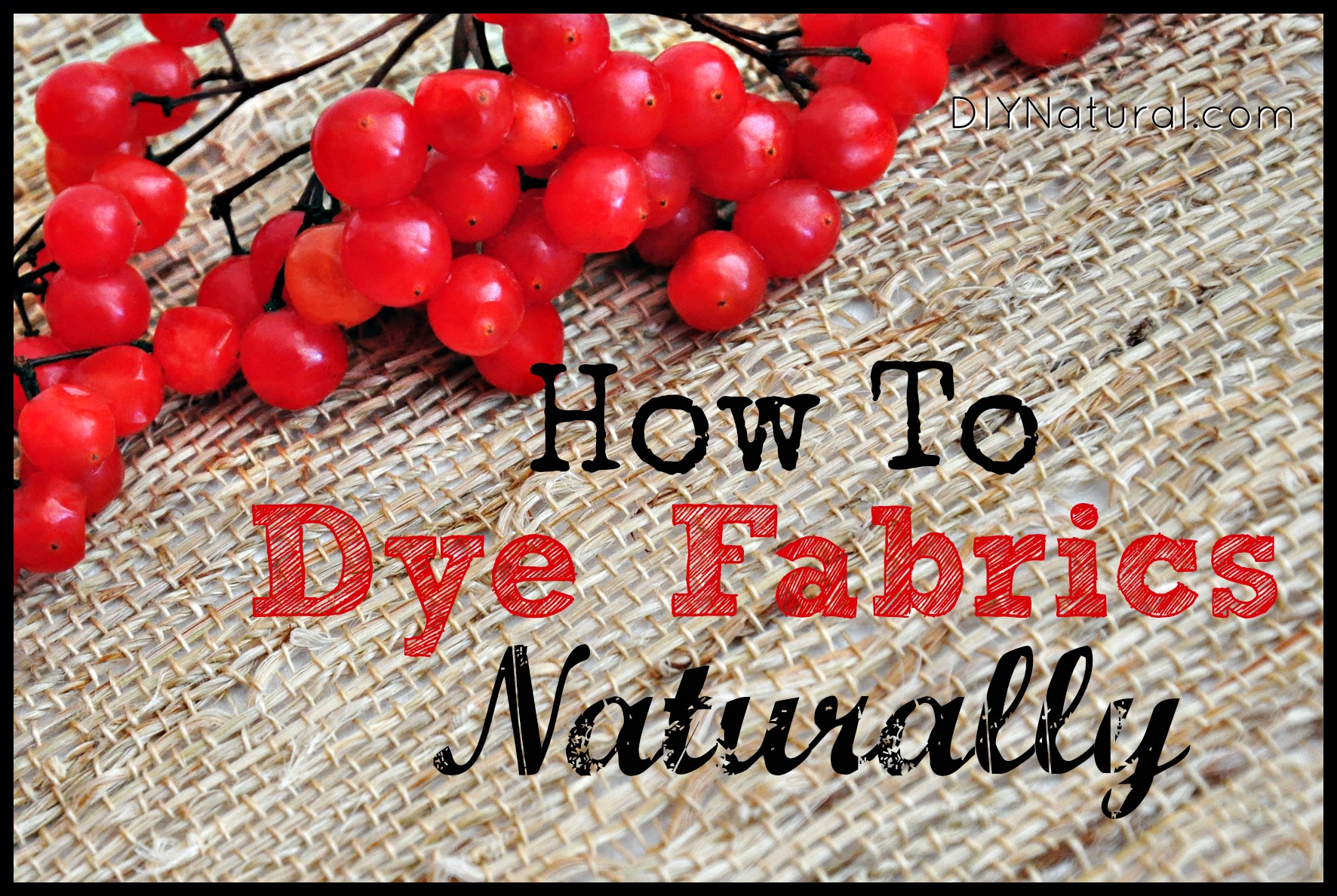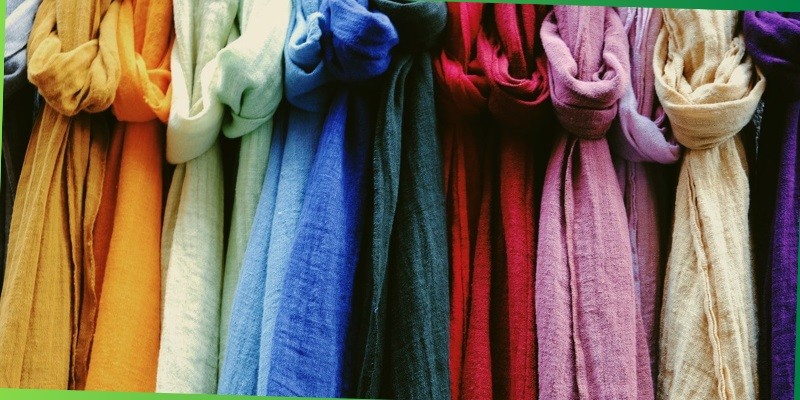Making your own natural dyes for fabric is fun and rewarding. It’s also eco-friendly.
Natural dyes come from plants, fruits, and vegetables. They are safe for you and the environment. Using natural dyes lets you create unique, beautiful colors. These dyes can make your clothes stand out. Plus, it’s easy to do at home.
You don’t need special tools or skills. With a few simple steps, you can turn everyday items into vibrant dyes. Ready to explore the world of natural dyeing? Let’s dive into the basics and discover how to make your own natural dyes for fabric.

Credit: bydreamsfactory.com
Benefits Of Natural Dyes
Natural dyes have been used for centuries and offer a variety of benefits that synthetic dyes simply can’t match. From their eco-friendly nature to the unique colors they produce, natural dyes provide a sustainable and creative approach to fabric dyeing. Whether you’re a seasoned crafter or a curious beginner, making your own natural dyes can be a rewarding experience.
Eco-friendly Advantages
One of the biggest benefits of natural dyes is their positive impact on the environment. Synthetic dyes often contain harmful chemicals that can pollute waterways and harm aquatic life. In contrast, natural dyes are derived from plants, fruits, and vegetables, making them biodegradable and non-toxic.
For example, using onion skins to dye fabric not only gives a beautiful golden hue but also repurposes waste that would otherwise end up in the trash. This means you are reducing waste and promoting a circular economy.
Have you ever thought about how your crafting choices affect the planet? By choosing natural dyes, you are making a conscious decision to support sustainability.
Unique Color Variations
Natural dyes offer a spectrum of colors that are often more varied and nuanced than synthetic dyes. Each batch can result in slightly different shades, giving your fabric a unique and personalized look. This is perfect for those who love one-of-a-kind creations.
Consider the beautiful range of reds and pinks you can achieve using beets or the rich blues from indigo plants. The possibilities are endless and provide a fun way to experiment with different materials and techniques.
Are you excited to see what unique colors you can create? The unpredictability of natural dyes makes the process even more exciting and rewarding.
Additionally, natural dyes often result in colors that have a softer, more earthy tone. This can add a natural and organic feel to your projects, which is often difficult to achieve with synthetic dyes.
Next time you’re looking to add color to your fabric, why not try making your own natural dyes? You’ll be amazed at the stunning and unique results you can achieve while also being kind to the environment.

Credit: so-sew-easy.com
Materials Needed
To make your own natural dyes for fabric, gather fresh or dried plants, water, pots, and strainer. Use gloves to protect your hands.
Making your own natural dyes for fabric can be a fun and rewarding experience. To get started, you’ll need some basic materials. Let’s dive into the essential items you’ll need to create vibrant and eco-friendly dyes.Common Ingredients
You can find many dye ingredients right in your kitchen or garden. Fruits like blackberries, blueberries, and pomegranates create beautiful shades. Vegetables such as beets and red cabbage offer rich colors. Spices like turmeric and paprika can add stunning hues to your fabric. Flowers are another great option. Marigolds and dandelions can produce lovely yellow tones. Even certain leaves, like spinach, can provide a nice green color. You’ll be surprised how many everyday items can be used to dye fabric!Essential Tools
You don’t need a lot of fancy equipment. Start with a large pot for boiling your dye ingredients. Stainless steel or enamel pots work best to avoid any unwanted chemical reactions. You’ll also need a strainer or cheesecloth to filter out plant material. A wooden spoon is handy for stirring. Rubber gloves will protect your hands from stains. Finally, have a few glass jars or containers ready for storing your dye. You might already have many of these items at home! Are there any unexpected items in your kitchen that might serve as potential dye ingredients? Think outside the box and experiment with what you have. Sometimes the best results come from the most surprising sources.Step-by-step Dyeing Process
Creating your own natural dyes can be a fun and rewarding project. The process involves several steps. Each step ensures your fabric absorbs the color properly. Let’s dive into the details.
Preparing The Fabric
Start with a clean fabric. Wash it with mild soap to remove any dirt. This helps the dye absorb evenly. After washing, soak the fabric in a mixture of water and a fixative. Use salt for berries and vinegar for other plants. This step is crucial. The fixative helps the dye stick to the fabric.
Extracting The Dye
Choose your dye source. Common choices include onion skins, berries, and leaves. Chop or crush the plant material. Place it in a pot with water. Use enough water to cover the material. Bring the water to a boil. Then, simmer for about an hour. Strain the mixture to remove solid bits. Your dye is ready.
Dyeing The Fabric
Now, it’s time to dye the fabric. Place the fabric in the dye bath. Ensure it’s fully submerged. Simmer for at least an hour. Stir occasionally to ensure even coloring. Check the color. If it’s not dark enough, let it sit longer. Once you’re happy with the color, remove the fabric. Rinse it in cold water until the water runs clear. Hang to dry.

Credit: diynatural.com
Frequently Asked Questions
What Is The Best Natural Dye For Fabric?
Madder root is the best natural dye for fabric. It produces vibrant reds and oranges.
How Can I Dye My Clothes Naturally At Home?
To dye clothes naturally at home, use plant-based dyes like turmeric, berries, or onion skins. Boil the fabric with the natural dye, then rinse and dry.
What Did Native Americans Use For Dye?
Native Americans used plants, roots, bark, and berries for dye. They created vibrant colors from natural sources.
What Does Baking Soda Do To Natural Dyes?
Baking soda can alter the pH level of natural dyes. It often lightens the color and can change the shade.
What Are Natural Dyes?
Natural dyes come from plants, minerals, or insects. They are eco-friendly and non-toxic.
Conclusion
Creating your own natural dyes can be a fun, rewarding experience. You save money, reduce chemicals, and enjoy unique colors. Experiment with different plants and techniques. Share your creations with friends and family. Remember to have fun and be patient.
Natural dyeing is an art. Enjoy the process and embrace the imperfections. Start today and discover the beauty of natural colors.

